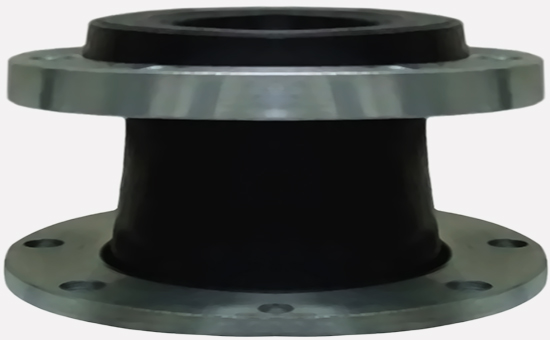
The use of butyl rubber/butyl reclaimed rubber to produce rubber products can effectively reduce the cost of raw materials and improve the process performance of the rubber under the premise of ensuring the quality of the products. In actual production, many butyl rubber products need to be compounded with other materials, such as metal materials. However, butyl rubber 2ELYY627, as a typical non-polar rubber, has poor adhesion to metal materials, and is difficult to co-vulcanize and bond with other rubbers. Measures need to be taken to improve the adhesive properties of the rubber.
When butyl rubber/butyl reclaimed rubber produces rubber products that need to be bonded to metals, rubber product manufacturers can choose the following three methods for bonding according to actual needs.
1. Treat the metal surface
To clean dust, oil and corrosion on the surface of metal parts, it is recommended to use trichloroethylene for gas-phase degreasing, and then use sandblasting; before applying adhesive, it is recommended to use 10% phosphoric acid to effectively improve the bonding strength. Adhesion properties among butyl rubber/butyl reclaimed rubber and metal materials.
2. Coating with adhesive
After cleaning and drying the surface of metal parts that need to be bonded with butyl rubber/butyl reclaimed rubber, it is recommended to apply adhesive immediately to avoid re-contamination of the metal surface. In actual production, it is recommended to coat the adhesive in two layers, and it is necessary to wait for the solvent to evaporate in the middle of the coating. The metal parts must be kept clean and dry during the whole process.
3. Direct bonding of butyl rubber/reclaimed rubber to metal
When butyl rubber/reclaimed rubber and metal materials are directly bonded, metal oxide direct bonding method, phenol-sulfur resin direct bonding method and m-methyl-white system can be adopted.
(1) Direct bonding method of metal oxides: add an appropriate amount of zinc oxide, white carbon black and fine particle carbon black to the butyl rubber/butyl reclaimed rubber compound; it is recommended to use sulfur vulcanization for the vulcanization system, and use amine accelerators Mainly, diethyldithiocarbamate and thiuram accelerators are used as auxiliary accelerators, and stearic acid is used as little or no as possible to improve the adhesion among butyl rubber and metal materials.
(2) Direct bonding method of phenol-sulfur resin: adding an appropriate amount of phenol-sulfur resin generated by the reaction of phenols and halogenated sulfur into the butyl rubber/butyl reclaimed rubber compound to improve the butyl rubber/reclaimed rubber compound. Adhesion with metal materials, it is recommended that no or a small amount of vulcanizing agent be added.
(3) Meta-methyl-white system bonding method: use adhesives A, RS and RH, etc., it is recommended to use a sulfur-accelerator system for the vulcanization system, and the accelerators are dithiocarbamate and thiuram accelerators ; Reinforced with fine particle furnace black, with appropriate amount of magnesium oxide, zinc oxide and silica, in which the role of silica is to prolong the start of vulcanization and improve the bonding strength among butyl rubber/butyl reclaimed rubber and metal materials.
When butyl rubber/butyl reclaimed rubber is bonded with metal materials, different bonding methods need to be used according to actual needs. Later, the editor will continue to discuss related issues with you.
Exclusive original article [commercial authorization] reprint, excerpt and excerpt in any form are prohibited without written authorization. Focus on Hongyun rubber: learn the process formula and raw material technology of producing rubber products from recycled rubber to help you reduce costs and increase profits